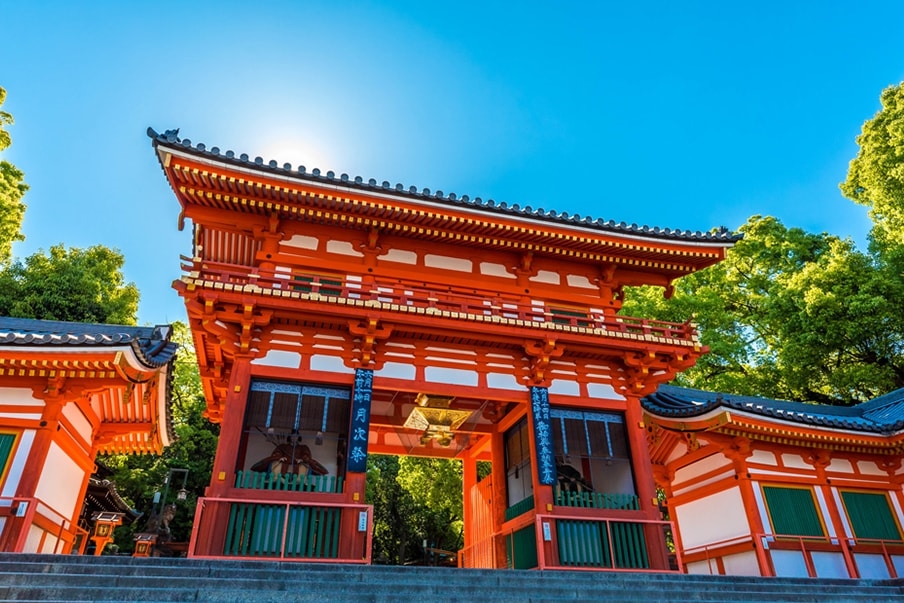Understanding Pagoda Etiquette in Hanoi
Visiting pagodas in Hanoi offers a unique glimpse into Vietnam’s rich cultural and spiritual heritage. These sacred sites are not only places of worship but also historical landmarks that reflect the country’s deep-rooted traditions. To ensure a respectful and enriching experience, it’s important to be aware of the cultural etiquette associated with visiting these revered spaces.
Dress Modestly and Appropriately
When visiting pagodas in Hanoi, dressing modestly is crucial. These are sacred places, and showing respect through your attire is a fundamental aspect of cultural etiquette. Both men and women should wear clothing that covers their shoulders and knees. Avoid wearing shorts, sleeveless tops, or any revealing clothing. Lightweight, breathable fabrics are recommended due to Hanoi’s warm climate, but ensure they are not see-through. If you find yourself underdressed, some pagodas offer shawls or wraps at the entrance, but it’s best to come prepared.
Show Respectful Behavior
Respectful behavior is key when visiting pagodas. Upon entering, it’s customary to remove your shoes. Look for designated areas to leave your footwear, as wearing shoes inside is considered disrespectful. Keep your voice low to maintain the serene atmosphere, and avoid using your phone or taking calls. Photography is generally allowed, but always ask for permission before taking pictures, especially of monks or during ceremonies. It’s also polite to avoid pointing your feet towards altars or statues, as feet are considered the lowest part of the body and pointing them is seen as disrespectful.
Participate Mindfully in Rituals
Many visitors are curious about participating in rituals or offerings at pagodas. While it’s not mandatory, joining in can enhance your experience and understanding of local customs. If you choose to participate, observe others first to understand the process. Common practices include lighting incense, offering flowers, or making small donations. When lighting incense, use an odd number of sticks, as even numbers are reserved for funerals. Bowing three times is a common gesture of respect. If you’re unsure about any ritual, feel free to ask a local or a monk for guidance—they are often happy to share their traditions with visitors.
